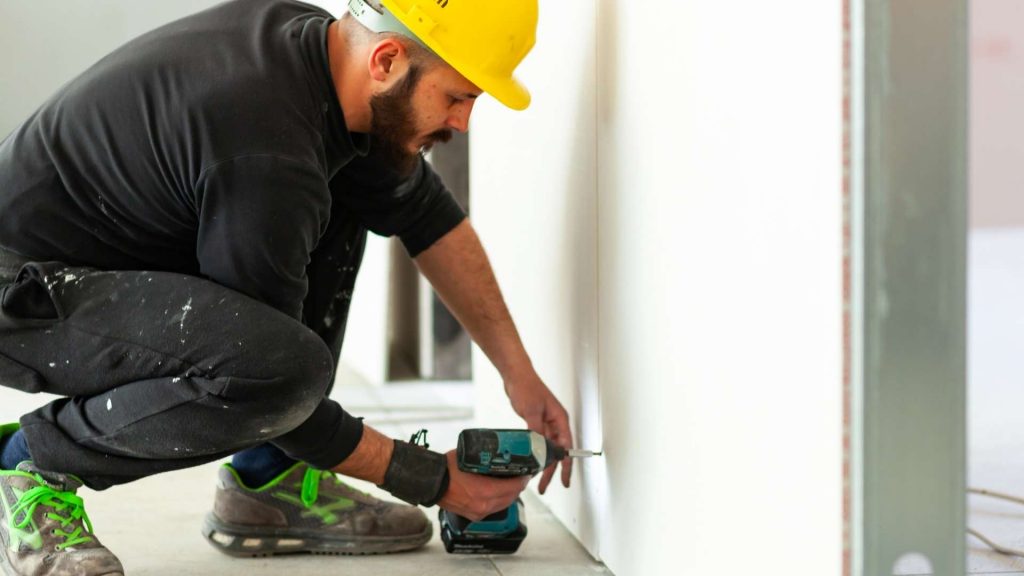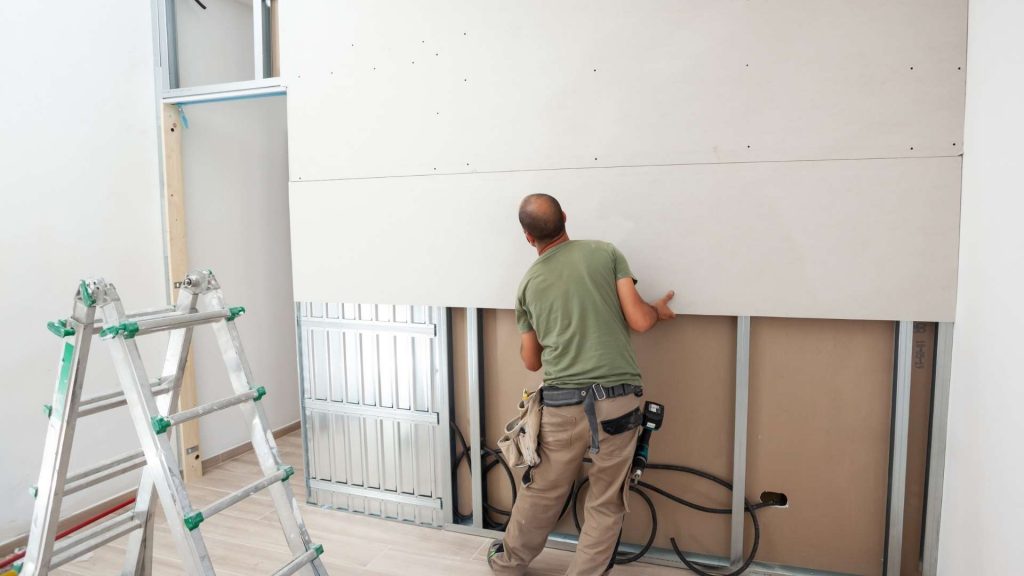The Difference Between Dry Lining and Plasterboard
There are a number of differences between wet plaster and plasterboard and you should be able to see these similarities and differences before making a decision. Both plasterboard and dry lining are commonly used across the UK and the choice of which is most appropriate for your needs will depend on various factors, such as your project’s deadline, your budget and the type of finish you want.
Dry lining is a quick and clean way to finish interior walls. Dry lining involves applying a layer of plasterboard with insulating properties to existing walls. It does not require water, unlike plastering, and it moderately improves the thermal efficiency of your home. Plasterboard with an insulant or vapour layer is also a good choice for adding extra thermal efficiency to your home.
Dry lining is a quicker and more cost-effective way to build walls. It is used most commonly in office buildings. It is a quick and easy way to build interior walls and ceilings. Dry lining uses plasterboard fitted to a steel framework system. Dry lining uses less water and requires less technical expertise than wet plastering. It is also a quick and simple alternative to plastering.

What are Dry Lining Boards Made From?
Dry lining is a construction method in which walls and ceilings are lined with plasterboard. Dry lining was first developed in the UK in the late 1800s, but people have been lining walls and ceilings for millennia. Listed below are some useful facts about lining boards. They are made of gypsum, which makes them fire-resistant.
The gypsum in dry lining boards is the main ingredient of plaster. It’s also highly adaptable and can be fixed to uneven surfaces, such as bricks. Some people use dry lining to create discrete areas in new houses. They can even be used in new homes to separate internal spaces. During construction, dry lining partitions are an ideal solution. A dry lining board can be a very effective and affordable way to create a discrete space within a room.
Dry Lining Boards Available in Various Sizes
Various manufacturers make dry lining boards such as Ecotherm, Hadley Group, Celotex, Fermacell, EcoRend, Hush Acoustics, Rockpanel and SFS to name just a few. The board is available in different sizes, and the thickness can vary. The thickness can vary between different brands, so you must refer to the manufacturer’s documents before specifying in a construction project. Glassroc lining boards are also a great choice, as they don’t require specialist cutting or dust extraction.




